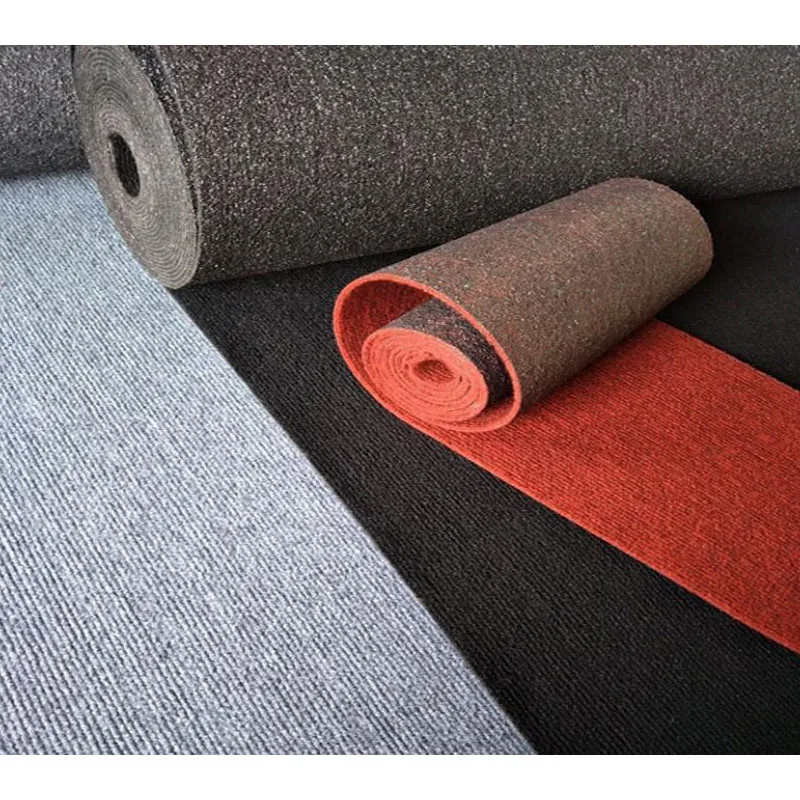Characteristics of Exterior Fireproof Wall Lining
2024-07-28
Exterior fireproof wall lining is a construction material used to enhance the fire resistance of building exteriors. It helps protect structures from fire damage and contributes to overall safety by delaying the spread of flames and heat. Here are the key characteristics of exterior fireproof wall lining:
1. Material Composition
- Fire-Resistant Materials: Made from materials that are inherently fire-resistant or treated to enhance fire resistance. Common materials include:
- Gypsum Board: Often used for its fire-resistant properties and ease of installation.
- Cement Board: Provides durability and fire resistance, often used in high-heat areas.
- Mineral Fiber Board: Made from mineral fibers, offering high fire resistance and thermal insulation.
- Intumescent Coatings: Applied as a paint or spray, these coatings expand when exposed to heat, creating a protective layer.
2. Fire Resistance Ratings
- Fire Rating: Rated according to its ability to withstand fire for a certain period, typically expressed in hours (e.g., 1-hour, 2-hour, or 3-hour fire resistance). The rating depends on the material’s performance in fire tests.
- Compliance: Designed to meet or exceed local building codes and standards for fire safety.
3. Thermal Insulation
- Heat Resistance: Provides insulation to help prevent heat transfer through walls, which can reduce the risk of fire spreading from one area to another.
- Energy Efficiency: Contributes to overall energy efficiency by insulating against heat loss and gain.
4. Durability and Strength
- Weather Resistance: Built to withstand various weather conditions, including rain, wind, and UV exposure. This helps maintain its fireproof qualities over time.
- Impact Resistance: Designed to resist physical impacts and abrasions, contributing to long-term durability.
5. Installation
- Ease of Installation: Often available in sheets, panels, or rolls, making it relatively easy to install. May require specific installation techniques or adhesives.
- Surface Preparation: The surface must be properly prepared before application to ensure effective adhesion and performance.
6. Maintenance and Upkeep
- Low Maintenance: Generally requires minimal maintenance if installed correctly. Regular inspections are recommended to check for any damage or wear.
- Repair: Damage may need to be repaired or replaced to maintain fire resistance. Some materials can be patched or recoated as needed.
7. Aesthetic Options
- Finishes and Colors: Available in various finishes and colors to match building aesthetics. Some materials can be painted or finished to improve appearance.
- Design Flexibility: Can be integrated into various architectural designs without compromising fire safety.
8. Environmental Impact
- Sustainability: Some fireproof wall linings are made from sustainable or recycled materials, contributing to environmental sustainability.
- Recycling: Consideration should be given to the recyclability of the material at the end of its life cycle.
9. Cost
- Cost Factors: The cost varies depending on the material, fire resistance rating, and installation complexity. Higher fire ratings and specialized materials generally increase the cost.
- Value: Investing in high-quality fireproof wall lining enhances building safety and compliance with fire safety regulations, potentially reducing insurance costs and improving property value.
10. Regulatory Compliance
- Building Codes: Must comply with local building codes and fire safety regulations, which specify the required fire resistance ratings and installation standards.
- Certification: Often certified by testing agencies to ensure that it meets performance and safety standards.
Summary
Exterior fireproof wall lining is a critical component in enhancing a building’s fire safety. Made from various fire-resistant materials, it provides protection against fire, heat, and weather elements. With features such as fire resistance ratings, thermal insulation, durability, and ease of installation, it helps prevent the spread of fire and improves overall safety. Proper installation and maintenance are essential to ensure its effectiveness, and it should meet local building codes and standards for fire protection.



